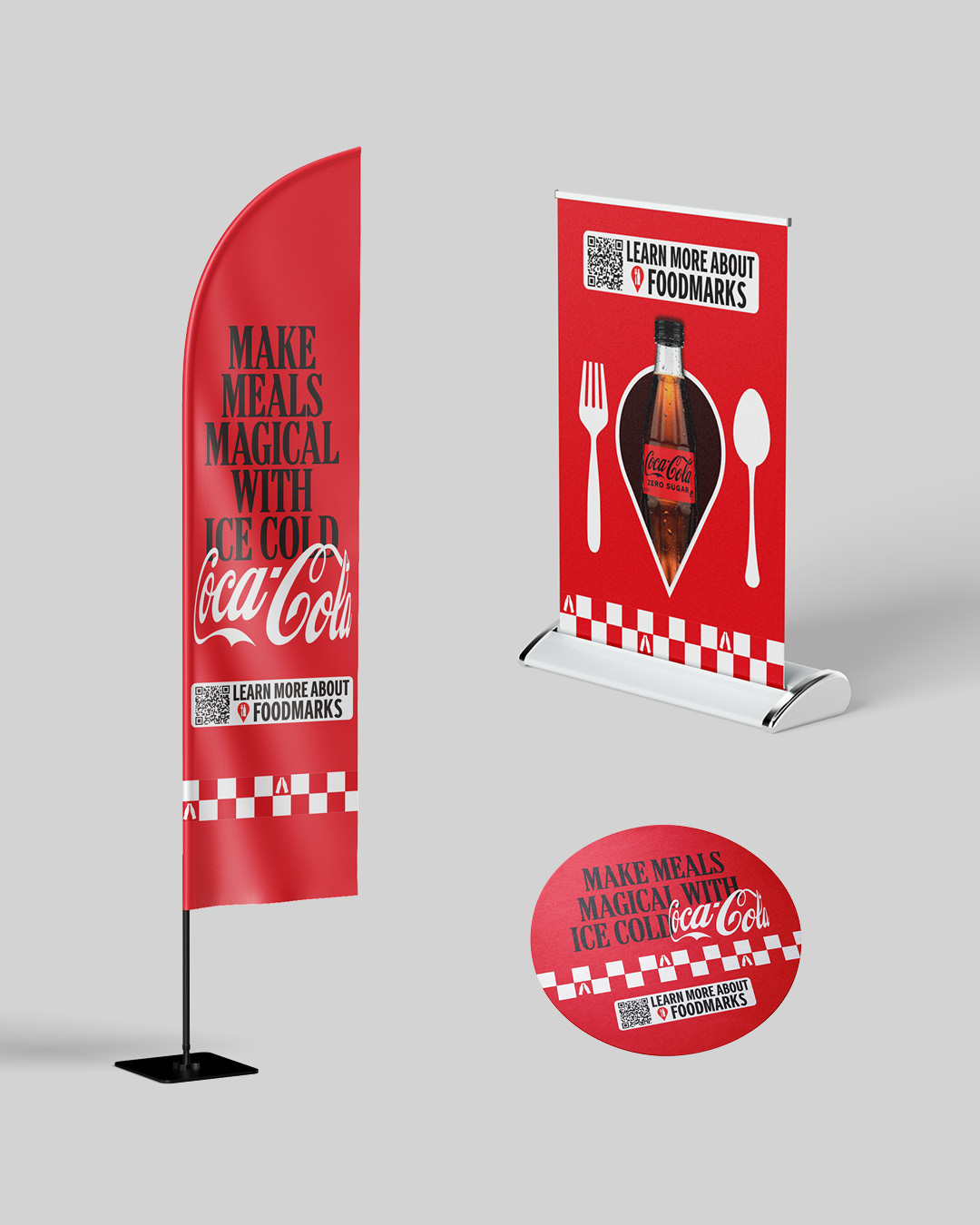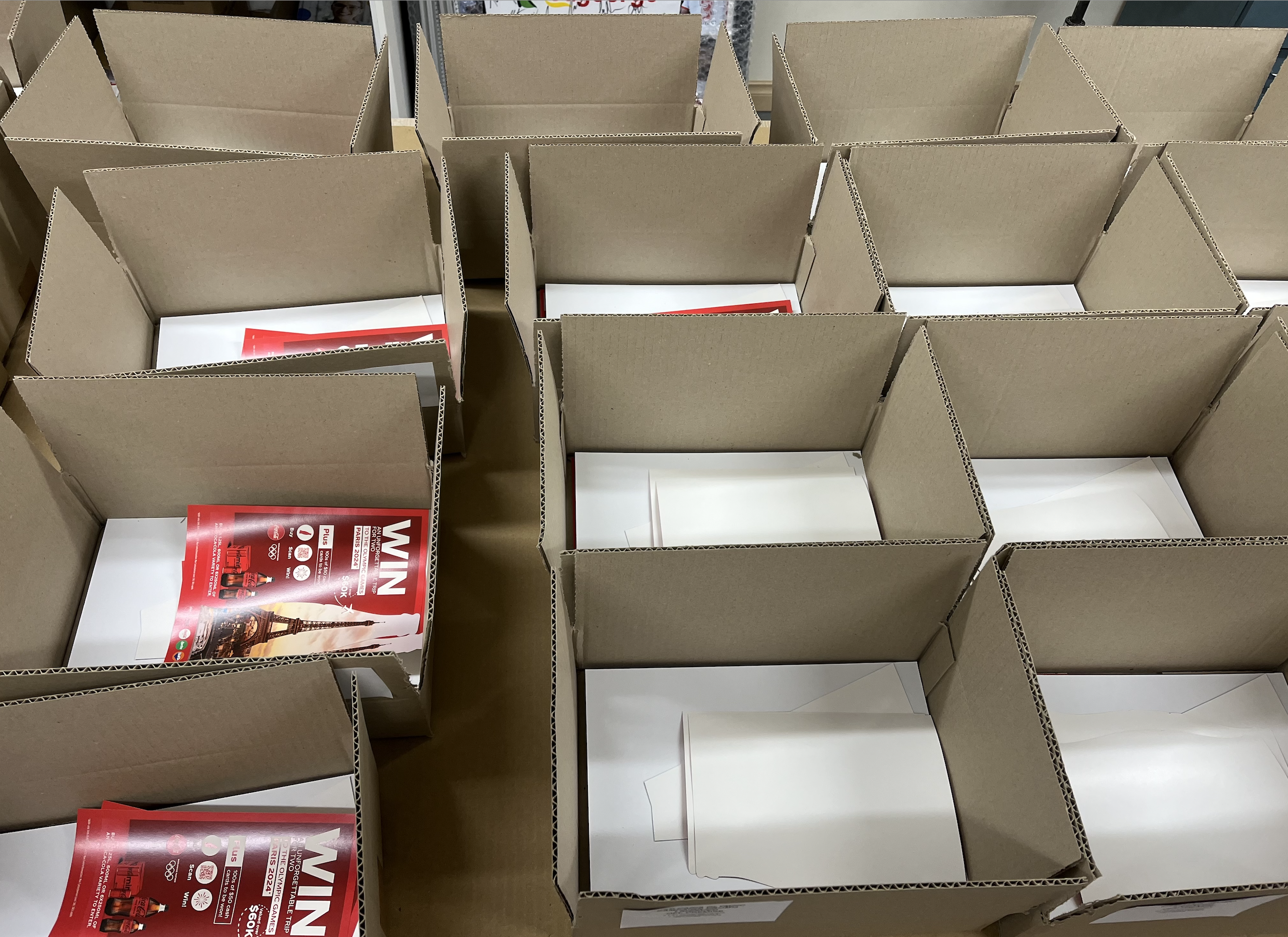The path to purchase (P2P) is a vital component of every business, encompassing the users’ journey from their initial exposure to the final purchase that converts them into customers (Ray 2024). With the market becoming increasingly competitive, understanding and refining your customers’ P2P is critical to developing effective marketing strategies and refining your customers’ experience at every touchpoint. In this blog, we’ll explain the path to purchase stages, distinguish between on- and off-premises marketing, provide examples of point of sales (POS) that influence this journey, and conclude with how promotions help optimise this process.
1. Path to Purchase Explained
The path to purchase involves four critical stages:
- Awareness – Potential customer becomes aware of your product through various channels, such as blog articles, social media, or point-of-sales items.
- Contemplation – Evaluation of whether your product fits the customer’s wants or needs. This often involves booking demos, entering competitions, or taking free trials.
- Purchase – Customer decides your product is suitable, and finalises their purchase/s.
- Retention – Process of retaining customer interest and encouraging future interactions. The most common tactic is retargeting (see section 3).
Understanding your customer’s path to purchase provides many benefits as it lets your business gain insights into their behaviours, enabling more targeted and personalised marketing campaigns. Doing so helps create a cohesive experience that builds customer trust and satisfaction, optimises your business strategy, and allows for a better allocation of marketing resources (Question Pro 2024). Moreover, this knowledge is crucial when developing your on- and off-premises point of sales — major touchpoints customers interact with throughout their journey.
2. Enhancing Customer Interaction through On- and Off-Premises Marketing
On- and Off-Premises Marketing: What’s the Difference?
On-premises marketing targets customers at in-venue locations where the product is sold. A prime example is bars, where the brand’s drinks are sold on tap. This main goal is to have an immediate impact the customers’ present and future purchasing behaviours.
Contrastingly, off-premises marketing targets users away from the main business premises, such as selling bottled drinks in a licensed liquor store, supermarket, or participating retailer (e.g., takeaway restaurant). Despite their differences, the main similarity they share is the elements utilised at the point of sale.
In-Store Point of Sale
As the name suggests, point of sale (POS) refers to marketing efforts at the purchasing point (cash register). The primary objective is to promote products to customers ready to checkout, hoping to persuade them to make additional, impulsive purchases. Across on- and off-premises locations, common examples include:
- Free-standing displays
- Posters (often with QR promotion links)
- Fridge/window stickers (common in bars & takeaway restaurants)
- Wobblers
- Counter cards (common in bars & restaurants)
- Shelf-talkers and strips.
These point of sales elements are critical for the path to purchase as they help your business identify touchpoints in the customer’s journey, optimising your sales strategy, and ensuring effective engagement every step of the way.
Packaging and Cost
At Adlab, we’re here to help enhance your business’ path to purchase strategy. We specialise in designing, packing, and distributing point of sales kits to on- and off-premises locations across Australia. During this process, we ensure:
- High-quality items (free of any damage)
- Quantity control
- Cost-effective and sustainable solutions for your business.
We make point of sales easy so you can best reach your customers at every part of their shopping journey!
3. The Power of Promotions
Going hand-in-hand with point of sales, promotions are an excellent method for tracking your customer’s path to purchase. Firstly, everyone loves to win something, increasing the likelihood of participation. Second (and most importantly), promotions utilise QR codes and forms, requiring customers to enter their details (e.g., name, phone number, email, and postcode) to enter. When it comes to monitoring your customer’s path, this engagement provides valuable data that can help:
- Identify where the highest percentage of purchases are made.
- Provide customer demographics & purchasing behaviour information.
Further, promotions offer beneficial retargeting opportunities, including:
Retargeting Lists
Retargeting lists compile the details of engaged potential customers who have shown interest in previous promotion POS (on- and off-premises). Commonly, these lists are used for sending follow-up EDMs that promote new products/promotions, provide general business information, and offer discounts or incentives. This strategy can significantly boost awareness and search interest, with some studies showing increases of up to 1046% (Connectio 2024).
Prize Fulfilment
Prize fulfilment is another important aspect of the path to purchase, as contacting winners to gather details for prize claims creates further retargeting opportunities. This approach ensures that the interaction does not end with the prize but continues, fostering ongoing engagement.
Collectively, retargeting lists and prize fulfilment help enhance the business’ path to purchase, creating more satisfied customers, and building brand loyalty!
Concluding Thoughts
To conclude, understanding and optimising the path to purchase is imperative for increased customer engagement, retention, and sales. By focusing on the critical stages of path to purchase and effectively utilising on- and off-premises point of sales, businesses can create a seamless and engaging customer journey. Investing in promotions and continually optimising your marketing efforts will further enhance this process, leading to increased satisfaction, and preventing competitors from gaining the upper-hand!
At Adlab, we are dedicated to helping you achieve your goals with our comprehensive path to purchase and point of sales solutions. Get in touch with us today!




